Hariyali Teej 2024: A Comprehensive Guide to the Date, Puja Vidhi, and Cultural Importance

Hariyali Teej, also known as Shrawan Teej, is a major festival celebrated in various parts of India, particularly in the northern states. The day is observed in many forms, primarily focusing on cheer, fun, worship, and the celebration of union.
Hariyali Teej occurs during the Sawan month and is dedicated to the worship of Mata Parvati and Lord Shiva.
The Festival: A Guide to Its History and Culture
It is widely believed that on the occasion of Hariyali Teej, Mata Parvati was reunited with Lord Shiva after a lengthy period of penance and devotion. According to legends, Mata Parvati engaged in intense meditation and underwent deep 'dhyaan' for many lifetimes in her quest to win Lord Shiva as her husband.
Initially, Lord Shiva was disheartened by the loss of his beloved Sati. However, Mata Parvati's unwavering devotion impressed him, leading him to accept her as his consort.
This reunion is seen as a symbol of the union between Shiva and Shakti, the divine feminine power. Hariyali Teej is celebrated to honor this divine union.
A Comprehensive Guide to Observing Hariyali Teej
Hariyali Teej holds significant importance for married women, particularly in the northern regions of India, including Punjab, Uttar Pradesh, Bihar, and Rajasthan. It is a festive occasion that celebrates marital bliss, fertility, and the arrival of the monsoon season, which infuses the surroundings with a unique energy and vitality.
For married women, Hariyali Teej is a moment to offer prayers for the well-being, health, and longevity of their husbands. It is also a day dedicated to seeking blessings for a joyful and fulfilling married life from the divine couple Mata Parvati and Lord Shiva.
In some families, unmarried girls also join in the festivities, especially those who are close to marriage, in hopes of being blessed with a loving and caring spouse.
How is Hariyali Teej celebrated?
Hariyali Teej is a celebration filled with excitement and joy, predominantly observed by women, and its traditions are both wholesome and easy to follow.
A key aspect of Hariyali Teej is the day-long fast observed by women, during which they abstain from food and water as a prayer to Lord Shiva for their husbands' long lives. This fast is a testament to their dedication to their husbands' well-being and the pursuit of a peaceful and blissful marital life.
Women from various societies and communities come together to offer prayers to Goddess Parvati and Lord Shiva, seeking their blessings. They visit temples, sometimes accompanied by their husbands, and perform special puja for Mata Parvati and Lord Shiva.
The celebration also includes the joy of making swings by women and children. These swings, adorned with flowers, are a source of delight as they take turns swinging in pure joy.
The swings are hung from trees, the ropes are adorned with flowers, and the plank is typically made from a wooden slab.
Additionally, on Teej day, women take the time to apply mehendi (henna) on their hands and feet. It is believed that the woman whose henna is the darkest is the most loving and is blessed by Mata Parvati herself.
Before the puja and worship begin, women ensure they are dressed in their finest traditional attire, such as sarees or lehengas, in bright, vibrant colors. These colors, often red or green, symbolize the joy and liveliness of the 'Hariyali' celebration.
The gift from the parents' home
In some families, married women also receive gifts from their parents, known as 'Sindhara'. These gifts typically include new clothes, sweets, ghewar, namakpara, and dry fruits, among other items.
Following the fast, women indulge in the Sindhara sweets received from their mothers and those made the day before. Sweets such as milk cake, kalakand, ghewar, and rabri are prepared and enjoyed the following day.
About the Vrat katha
It is said that the Vrat Katha of Hariyali Teej was narrated to Mata Parvati by Lord Shiva himself.
Legends recount that during a time when Mata Parvati was deeply engrossed in meditation, seeking to reach Shivaji, who had renounced all worldly desires, it would often bring her father, Parvatraj, to tears. However, Mata Parvati remained steadfast in her resolve, and it is believed that it took her 107 births before Lord Shiva appeared before her and accepted her as his wife.
In her 108th birth, Mata Parvati created a Shivling from sand and offered prayers to it with all her strength and devotion, marking the beginning of their blissful union.
It is also believed that Shivaji was the one who shared this 'katha' with Mata Parvati, serving as a reminder of her previous births and the sacrifices she had made to be with Lord Shiva.
Date & Timing
- This year's Hariyali Teej is scheduled for August 7, Wednesday.
- Drik Panchang states, "Hariyali Teej on Wednesday, August 7, 2024
- Tritiya Tithi Commences - 07:52 PM on Aug 06, 2024
- Tritiya Tithi Concludes - 10:05 PM on Aug 07, 2024"

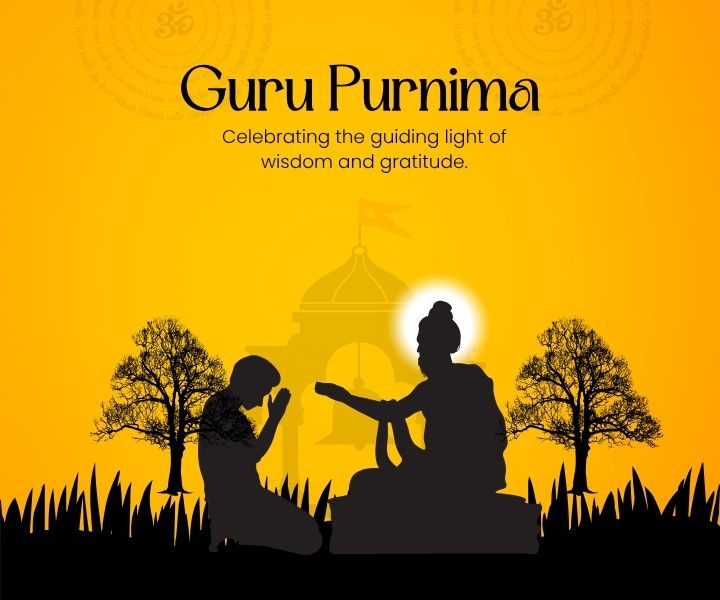

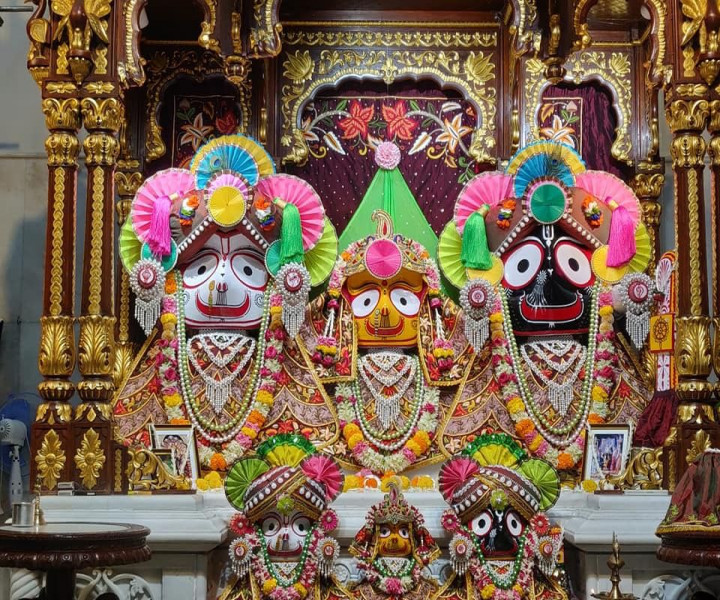


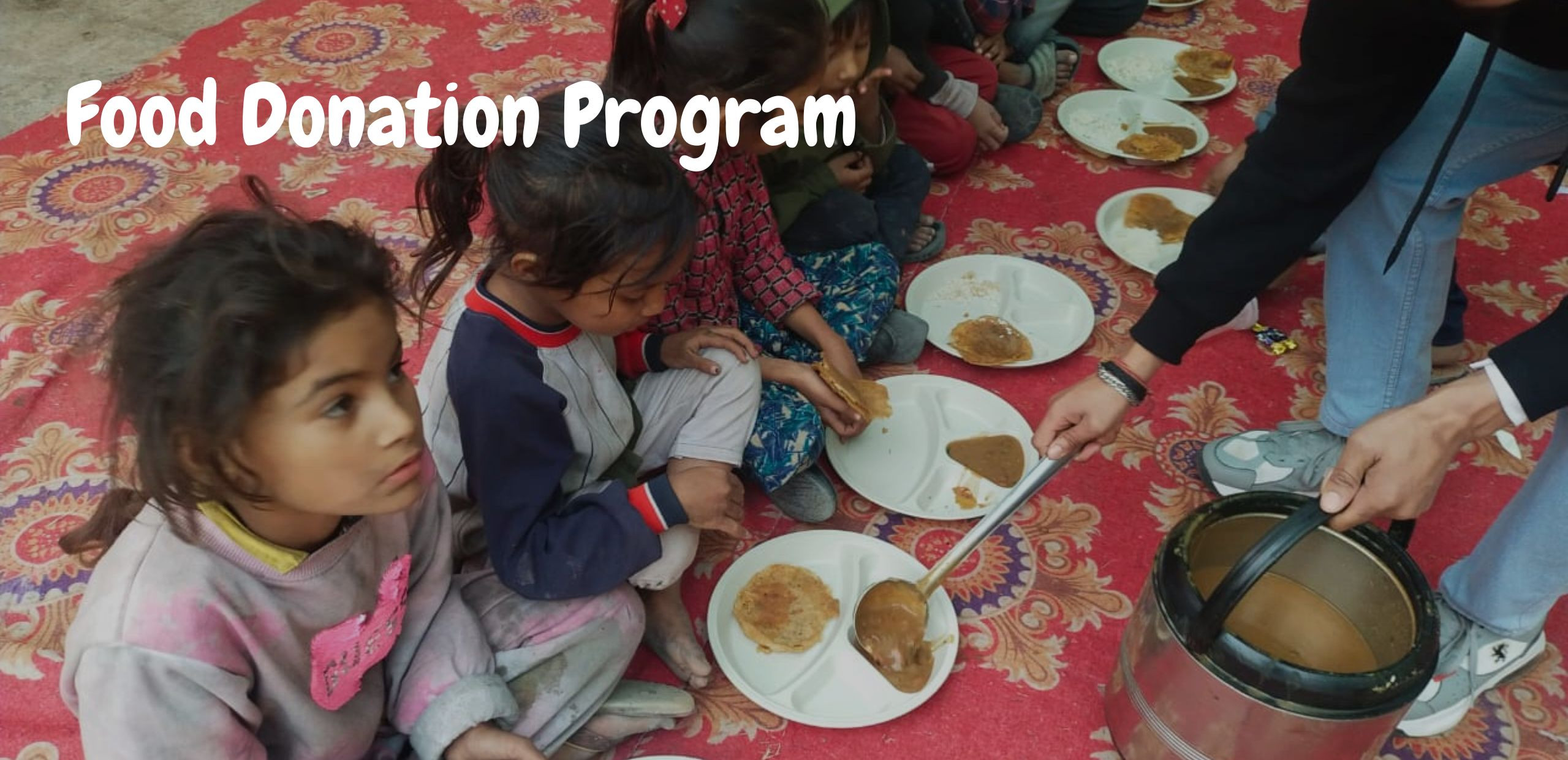
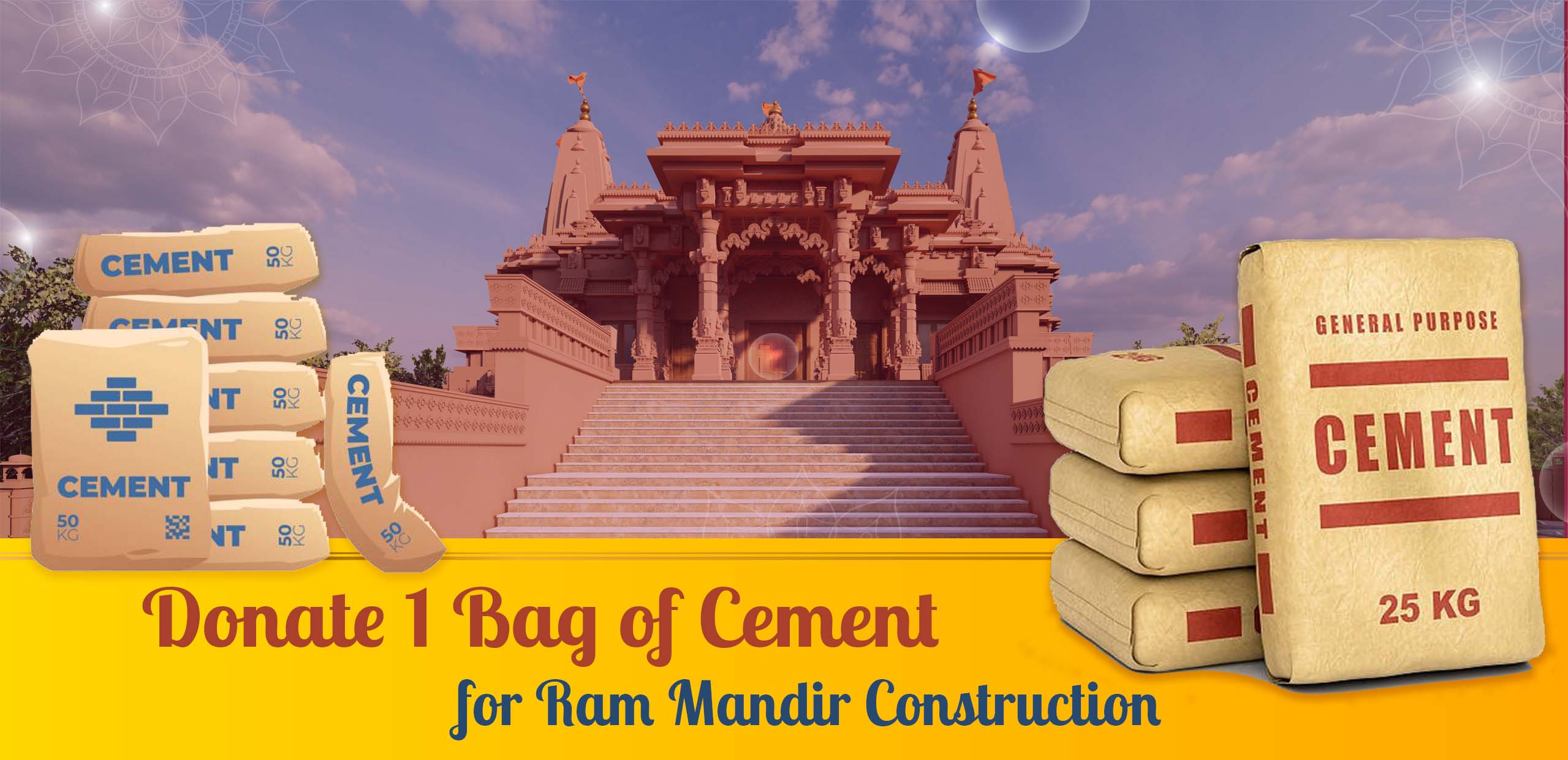

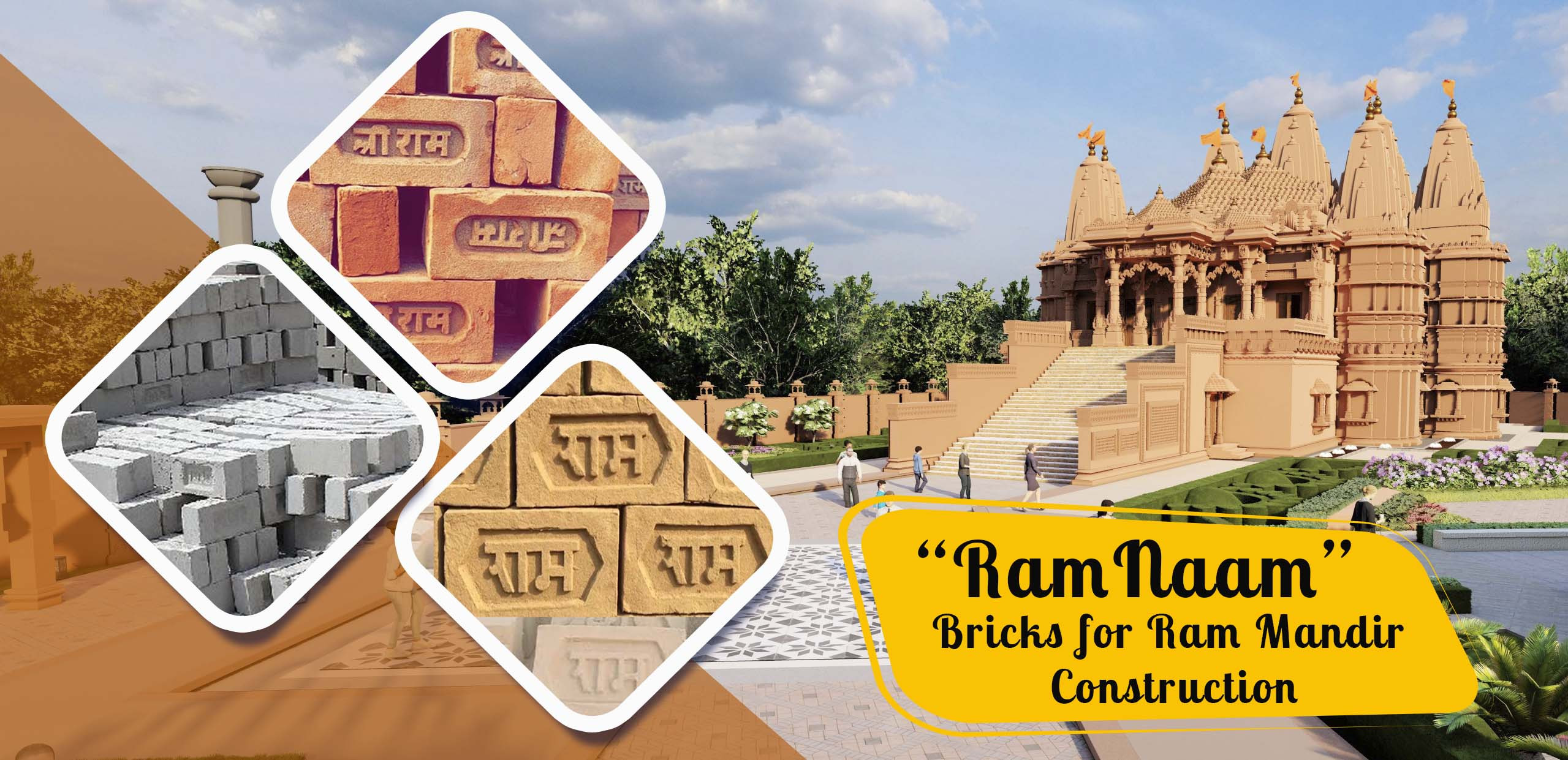

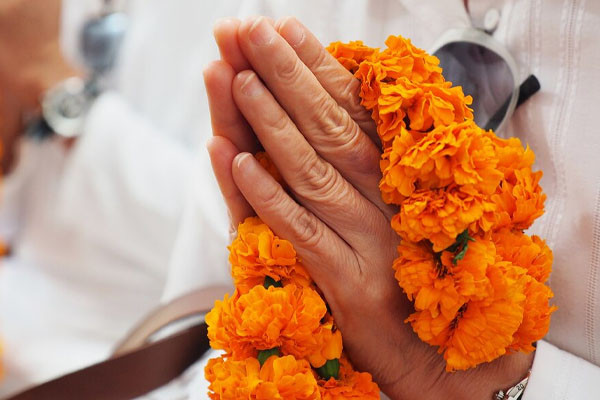
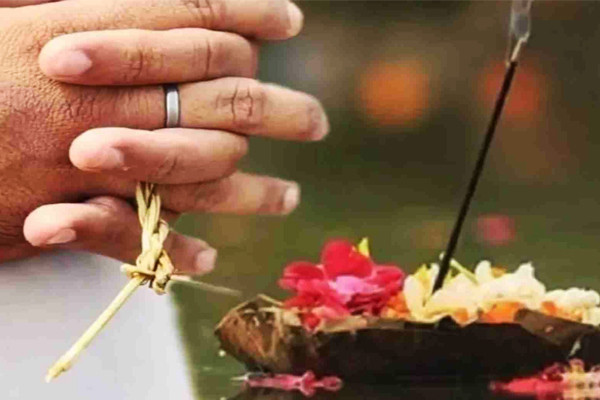


0 comments
No Comment Have been Posted Yet